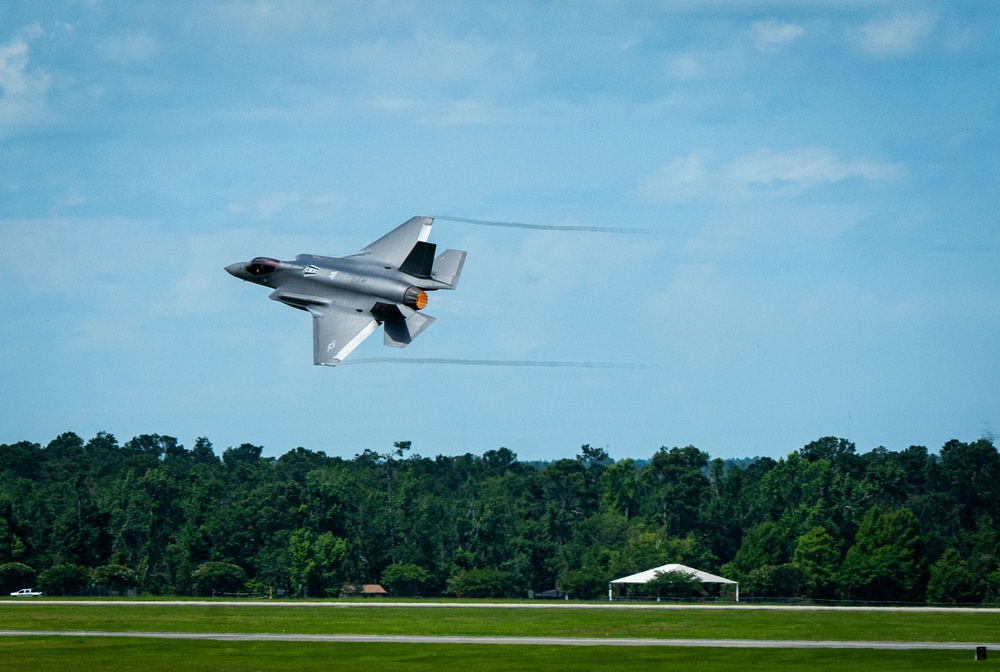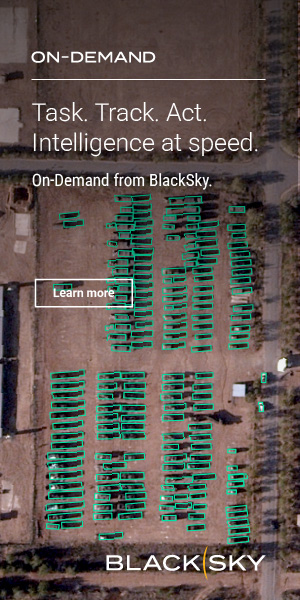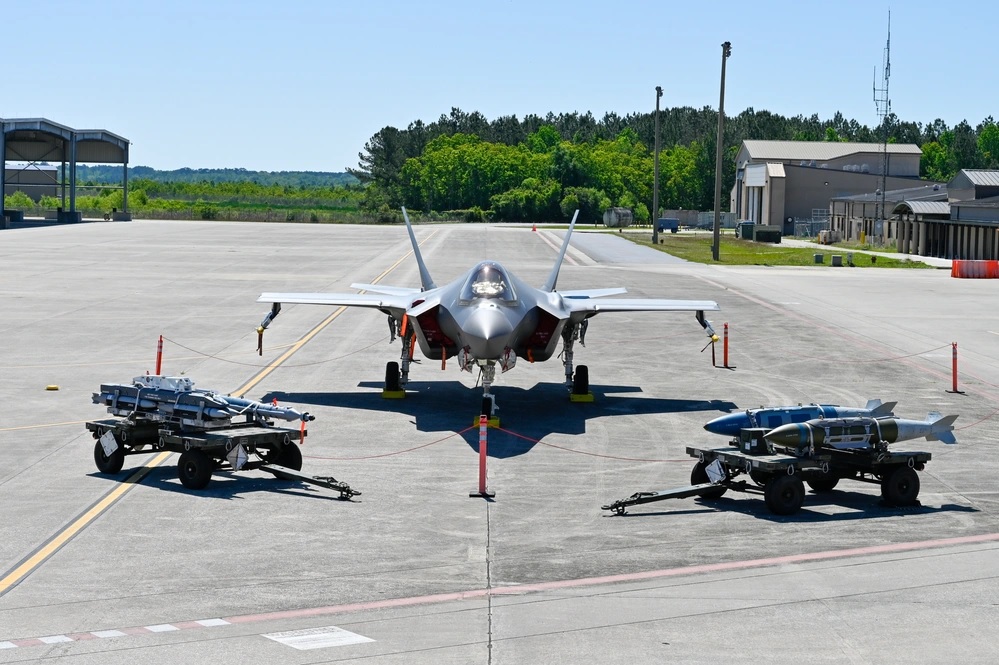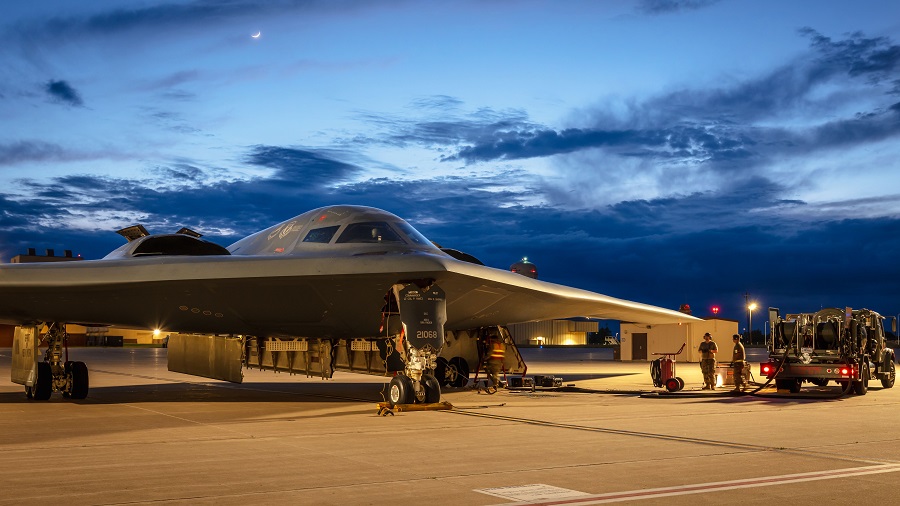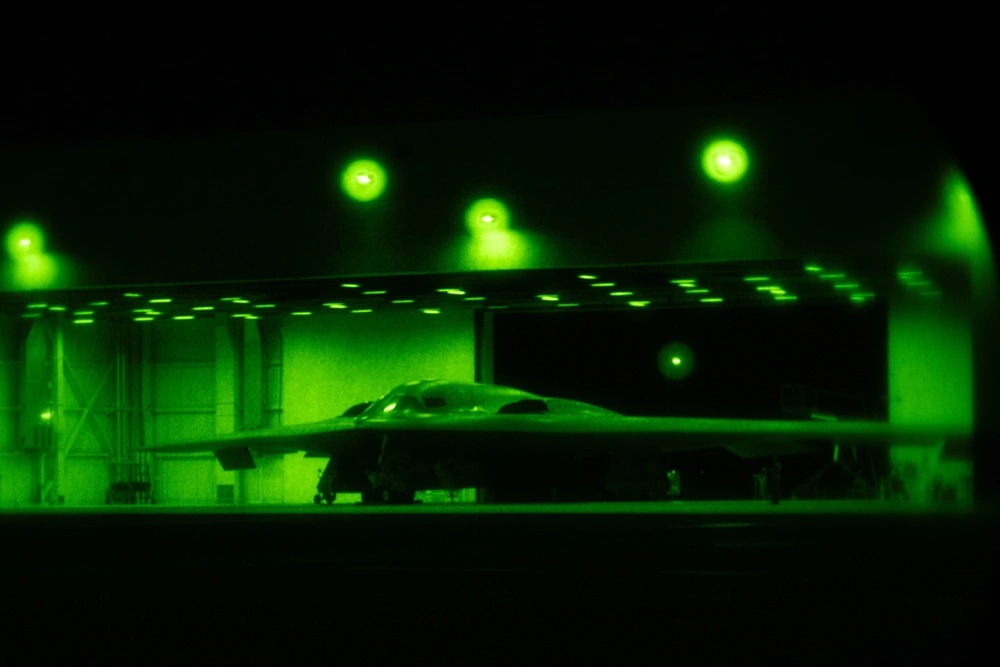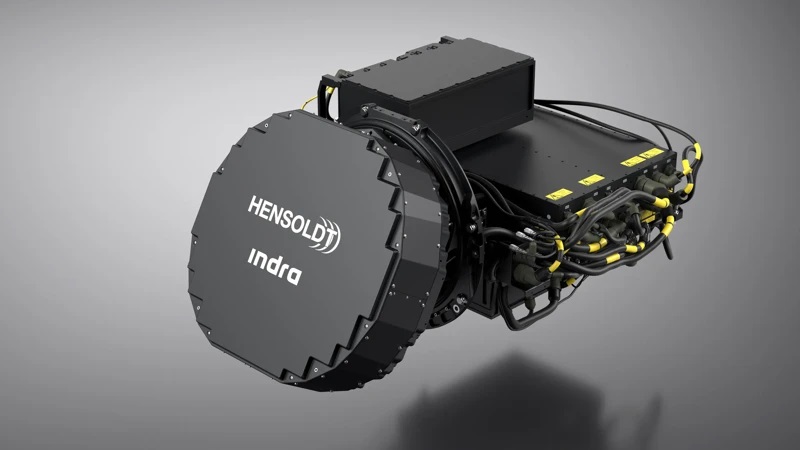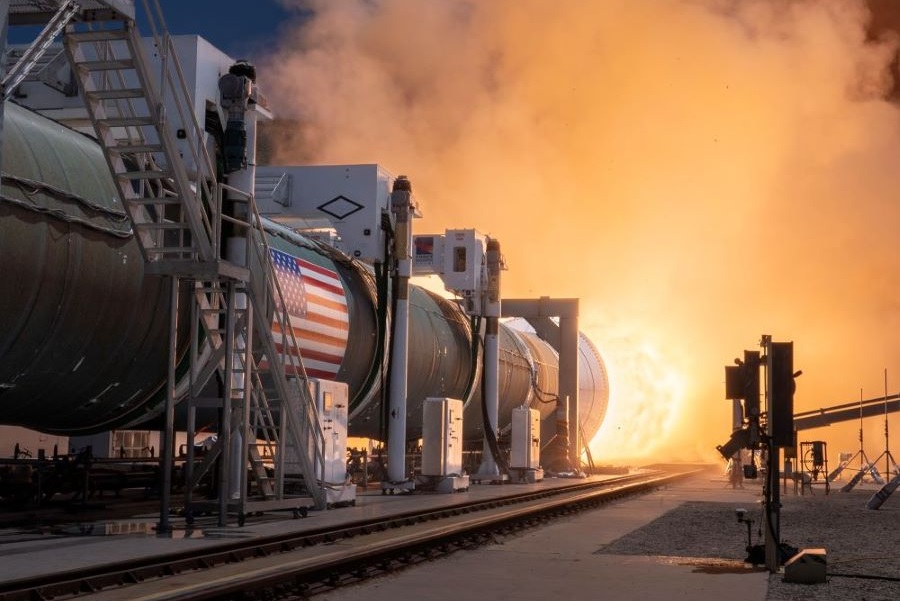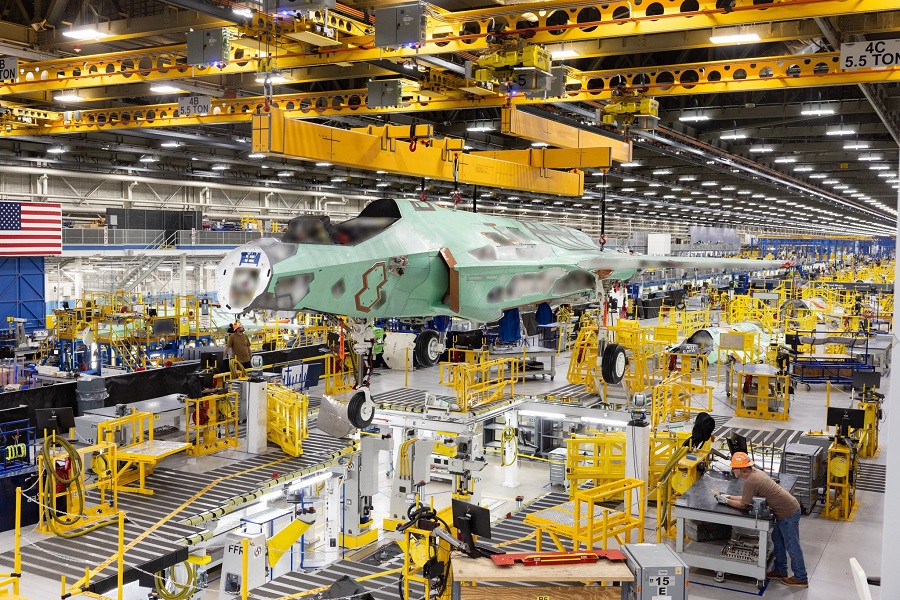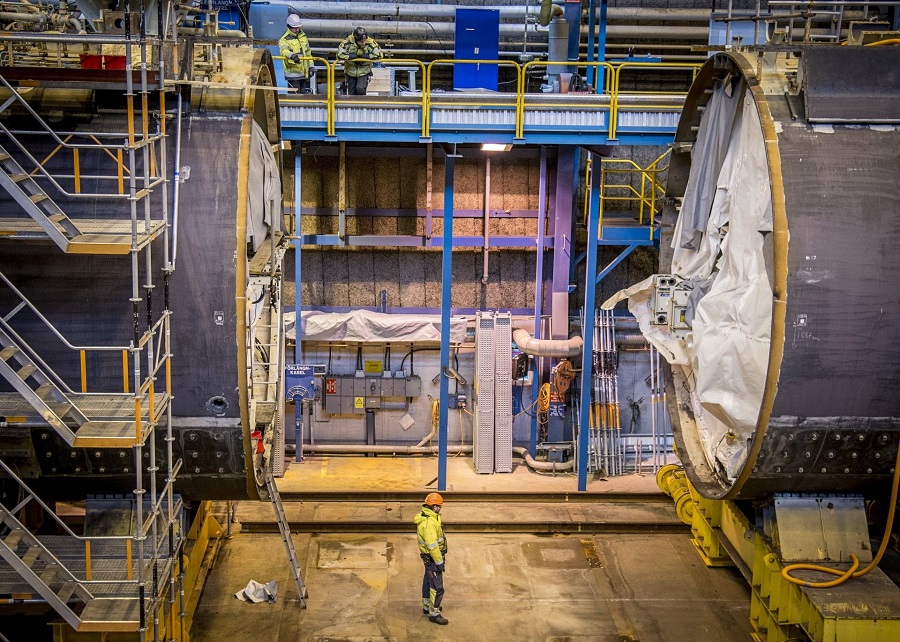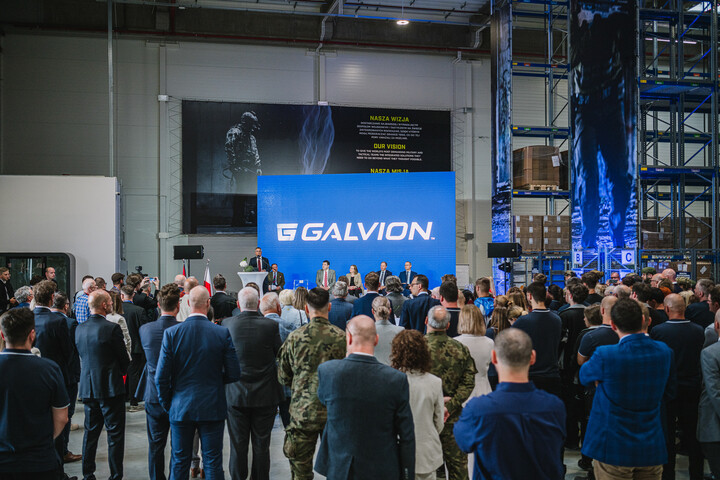The event represents one of the initial steps towards the future stationing of F-35s at Moody AFB, as the base prepares for the planned retirement of the A-10 Thunderbolt II. The evaluation included multiple low passes, some with afterburners engaged, to simulate a variety of operational conditions.
The objective was to determine whether the F-35’s engine noise affects the functionality of ATC operations, especially the ability of personnel to communicate effectively. Sound pressure levels, current soundproofing measures, and communication clarity were among the key aspects assessed during the test.
“The arrival of the F-35s and the subsequent infrastructure testing signal a significant shift for Moody, solidifying its position as a key player in the Air Force’s future,” said Jason Hughes, director of the F-35A Program Integration Office. “The data gathered from these tests will be crucial in the arrival of the F-35 to Moody and future beddown efforts across the force.”
These assessments are part of the U.S. Air Force’s broader initiative to modernise its fleet and improve readiness in the face of strategic competition. By analysing infrastructure requirements, the Air Force aims to ensure seamless integration of fifth-generation aircraft like the F-35.
“This proactive approach underscores Moody AFB’s commitment to thoroughly evaluating all aspects of the transition to the F-35,” a base spokesperson confirmed. The results will guide decisions on whether modifications or upgrades to the ATC towers are necessary.
“These tests and studies ensure a seamless transition and a continued commitment to mission readiness,” said Col. Paul Sheets, 23rd Wing Commander. “Ultimately, these tests will ensure that we are postured to continue providing the best airpower for our nation.”
Moody AFB continues to prepare for the future, working to ensure that its personnel, systems and infrastructure are equipped for the next generation of air combat operations.



